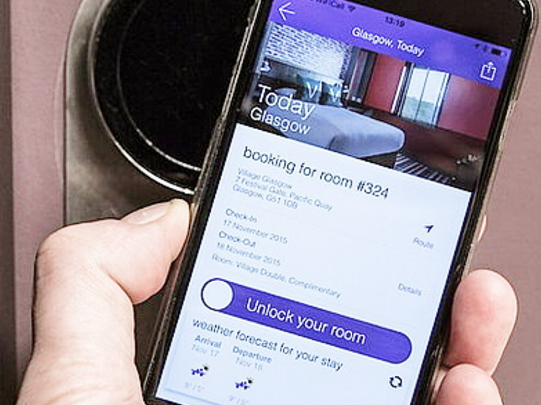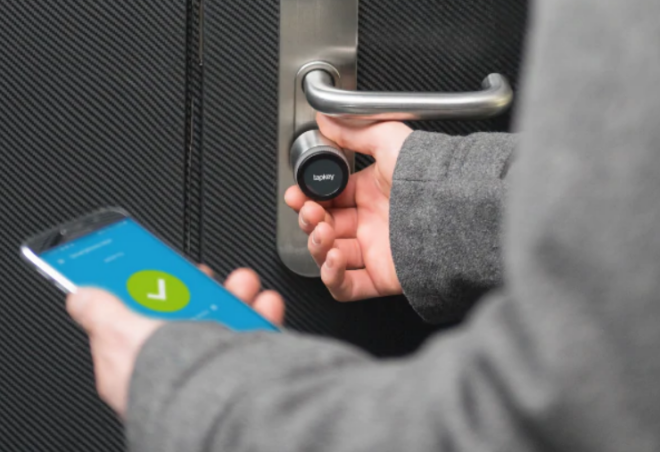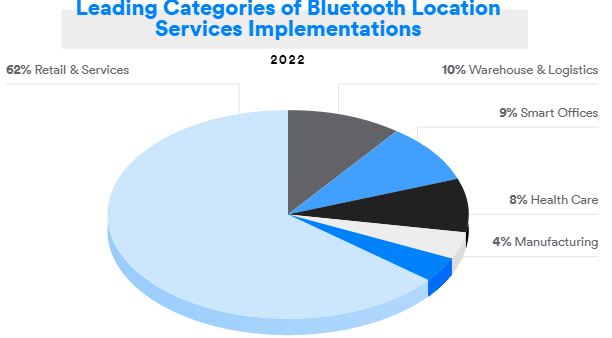Many car owners think of automotive wireless connectivity as a simple interaction with their car’s infotainment system, but new applications are emerging, from personalized vehicle interaction to cable replacement to passive entry via phone as a key (PaaK).
Recently, Texas Instruments released a presentation that looks at existing and future trends for automotive connectivity. In this video, David Lara, SW applications engineer with Texas Instruments, examines a new Bluetooth® application that supports wireless connectivity in and out of the car.
Phone as a Key
For years, automotive manufacturers have used Bluetooth technology to support a range of applications. According to Lara, one of the more recent applications is passive entry passive start (PEPS), where the key fob sends a signal to a smart key module in the vehicle that triggers the mechanism in the car door to unlock. Bluetooth technology enables automotive manufacturers to employ a smart key module system, typically a central module and between six and twelve satellite modules distributed throughout the vehicle. “All of these modules will capture the PaaK or fob signal strength (RSSI), and they feed it into a localization algorithm that will trigger specific actions in the car,” said Lara.
Lara says that to design a successful PaaK solution:
- The positioning needs to be accurate and secure to prevent a relay attack
- It needs to be optimized for power consumption
- It should be compact for easy module installation
- For an ideal user experience, the precision needs to be optimized to achieve low latency

FEATURED PRESENTATION
Car Access With TI Connection Monitor
Learn how the TI Connection Monitor is used to monitor Bluetooth Low Energy communications to estimate the distance between the connection monitor and Bluetooth LE enabled devices in applications such as car access or remote keyless entry.
A New Application for PaaK Connections
Modern automobiles support between six to twelve sensors throughout the vehicle. Automotive manufacturers typically employ one of two types of PaaK solutions: connectionless and connection PaaK solutions.
In a connectionless PaaK example, the modules inside the vehicle are observers, and the smartphone acts as a broadcaster. In a connection PaaK example, there is a direct link between the smartphone and the car, but drivers need to individually pair their smartphone with each sensor to gain the full benefit of the application.
Texas Instruments’ connection monitor role combines the advantages of both connectionless and connection PaaK. According to Lara, it collects connection data (RSSI or AoA) from a Bluetooth® connection without participating in the connection. It follows an active Bluetooth connection given the following parameters:
- Access address
- Connection interval
- Hop increment value
- Channel map
- Sleep clock accuracy (mSA)
“The connection monitor performs an initial scan and listens on a set data channel to establish an anchor point for the specified connection,” said Lara. “Once established, it will continue to monitor the connection by capturing the central and peripheral packets involved in the connection.”
In a connection monitor example, the smartphone establishes a connection with a multi-role module inside the car. This module shares the connection parameters with the connection monitor modules (active nodes). Lara says that this solution offers the advantages of both connectionless and connection PaaK use cases. “The connection monitor feature allows developers to monitor the connection between a central and a peripheral and get independent RSSI measurements from the same packet,” said Lara.
Learn more about Bluetooth PaaK solutions.
![]()
FEATURED REPORT
The Bluetooth® Market Update
The Bluetooth® Market Update provides updated forecasts and trends in key Bluetooth solution areas and highlights Bluetooth use cases that will drive future growth.




































